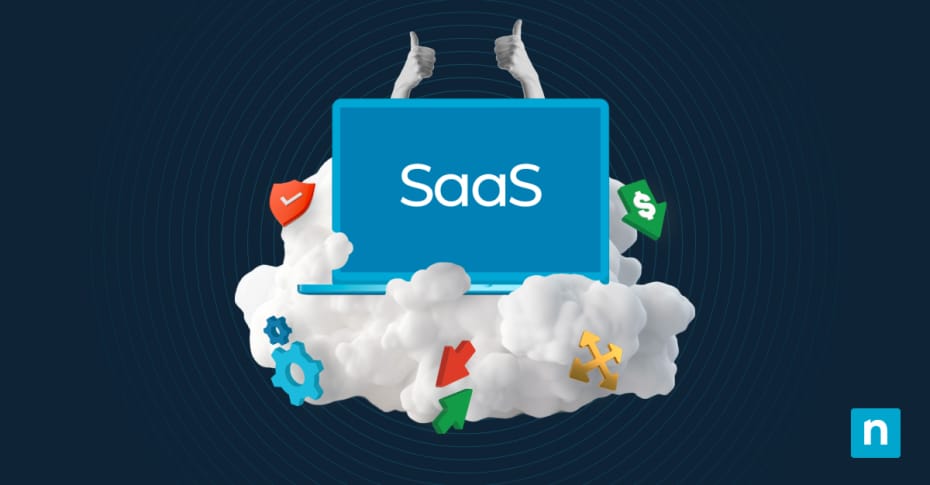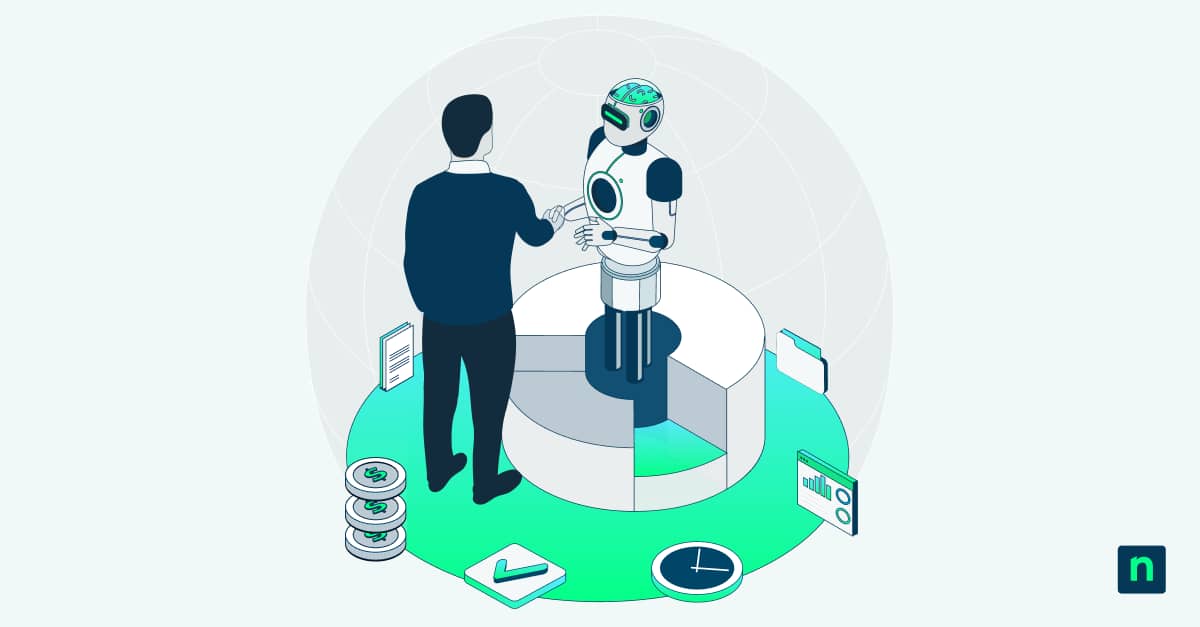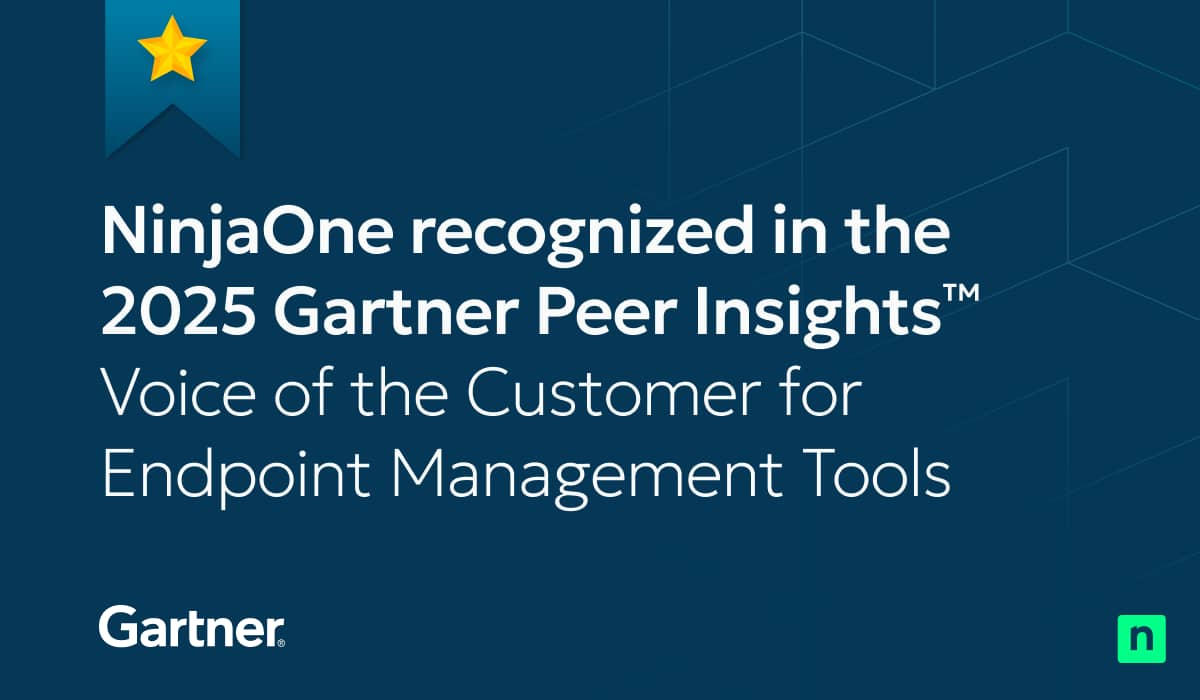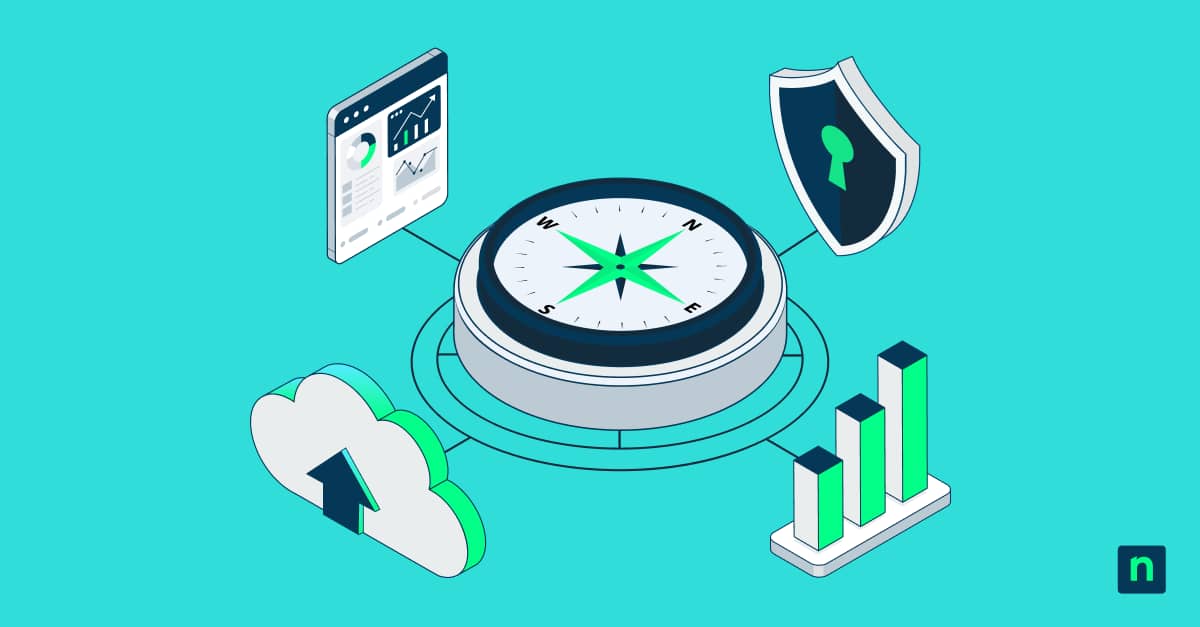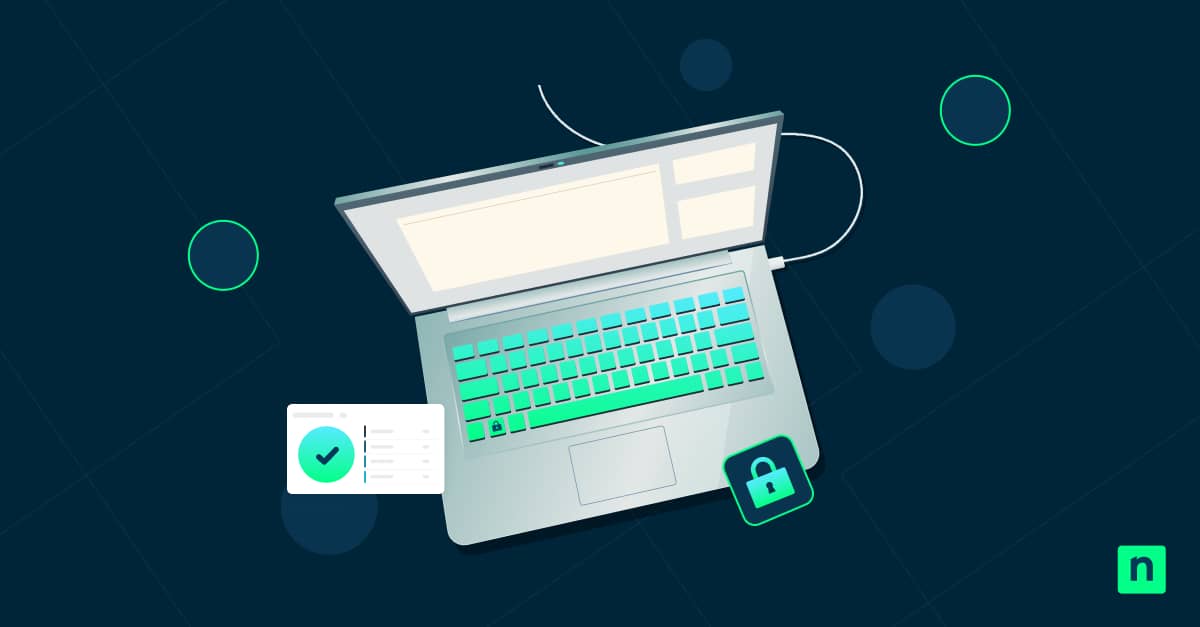Key Points
- What Is SaaS for IT Management? SaaS (software as a service) IT management delivers software via the cloud—accessible through browsers or APIs—eliminating the need for on-premises installation, configuration, and maintenance.
- Security Advantage of SaaS IT Management: SaaS platforms offer advanced cybersecurity—including cloud backups, failover systems, and dedicated security teams—significantly lowering breach risk compared to on-premises IT systems.
- Scalability Without Infrastructure Limits: SaaS IT tools scale flexibly with business growth. For instance, you can easily upgrade tiers, handle larger workloads, and support more devices without additional physical hardware.
- Reliability and Stability You Can Trust: SaaS solutions reduce single points of failure through distributed infrastructure, leading to higher uptime and reliability than traditional in-house systems.
- Lower Total Cost of Ownership (TCO): SaaS eliminates high upfront costs and spreads operational expenses over time, with value-based pricing models tailored to usage—resulting in more cost-efficient IT operations.
- Fast Deployment and Time to Value: Finally, SaaS platforms deploy up to eight times faster than on-prem tools, accelerating time-to-value and minimizing disruption to business operations.
Businesses today face a myriad of challenges. Traditional on-premises IT solutions, which were once the cornerstone of the industry, are now progressively falling behind, outshined by the efficiency, security, and adaptability that SaaS-based solutions bring to the table. These cutting-edge technologies, like NinjaOne, aren’t just a remedy for the limitations inherent in traditional IT management. They’re also a strategic advantage in a competitive digital marketplace, where SaaS spending was projected to soar almost $300 billion in 2025.

(Source: Gartner}
Join us as we delve into the top five benefits of SaaS IT management solutions that offer unprecedented opportunities for growth and operational excellence.
What is SaaS (software as a service)?
Software as a service, SaaS for short, basically refers to the delivery of a software application—with all the features and tools one would need for IT management—over the internet. SaaS is conventionally provided on a subscription basis, and because SaaS IT management solutions are hosted and managed by cloud service providers, users can access them through web browsers or APIs. This removes the burden of having to install or even maintain these services before or during their use.
Given the flexibility, adaptability, and ease of access of SaaS solutions compared to traditional on-premises tools, it’s no wonder that adopting the former marks a strategic move toward better IT planning and improved digital resource management. Let’s discuss the top five reasons to shift to SaaS solutions like NinjaOne.
The top five benefits of SaaS IT management solutions
For more advanced security, leverage SaaS backup to make your organization more resilient against threats.
1. Enhanced security measures
Security is essential for the sustainability and success of digital enterprises. SaaS IT management solutions are at the forefront of cyber defense, offering enhanced security features that set them apart in safeguarding digital assets. Thanks to heavy investment in advanced security technologies and skilled teams, these platforms provide a safer alternative to traditional methods.
Their cloud-based infrastructure, equipped with backup data centers and reliable failover processes, significantly boosts security. This results in a significantly lower breach likelihood compared to on-premises applications, making SaaS solutions a more secure choice in managing IT.
2. Unmatched Scalability
The second major benefit of SaaS solutions is their inherent scalability. Unlike on-premises solutions, which are limited by physical hardware, SaaS solutions can effortlessly scale to meet the demands of growing businesses. In fact, “SaaS applications [can be scaled]are up and down as needed by simply upgrading or downgrading tiers or purchasing more capacity” This scalability extends to supporting a vast array of devices and handling intense workloads, ensuring that IT infrastructure is never a bottleneck to business expansion.
3. Superior stability
Compared to traditional on-premises solutions, which can suffer from stability issues due to their dependence on internal infrastructure and maintenance, SaaS IT management solutions offer significantly higher stability. This enhanced reliability is largely due to reduced risks of redundancy and single points of failure. As such, according to a 2023 Gartner study, more than 50% of companies worldwide will rely on cloud provider services, including SaaS solutions, by 2028.
4. Cost-effectiveness
The financial aspect of IT management is a critical consideration for businesses. SaaS-based solutions present a cost-effective alternative to traditional on-premises solutions, which often require hefty upfront investments and continuous maintenance costs. By enabling optimized resource utilization and spreading costs across a larger customer base, SaaS models prove to be a more economical option, especially as SaaS providers offer their customers the option to customize their subscription depending on their needs.
In February 2025, Vena Solutions reported that according to a 2021 survey from OpenView Venture Capital, “39% of SaaS organizations utilize a value-based pricing model to take advantage of the solution flexibility SaaS offers.
5. Rapid deployment and implementation
Lastly, one of the standout advantages of SaaS-based solutions like NinjaOne is their rapid deployment speed. These platforms can be implemented in just a fraction of the time needed for traditional on-premises applications, greatly minimizing disruption and propelling organizational advancement. This swift deployment ensures that businesses can quickly adapt to technological changes without the delays typically associated with setting up conventional infrastructure. In fact, on average, SaaS applications take only 1/8th as long to deploy compared to their on-premises counterparts.
Start strong with SaaS by securing your SaaS data with reliable backup solutions.
Transform your business with SaaS
In conclusion, the transition to SaaS IT management solutions offers numerous benefits, enhanced security, scalability, stability, cost-effectiveness, and rapid deployment. NinjaOne exemplifies these advantages including a SaaS backup feature, providing a compelling case for businesses to embrace cloud-based solutions. To experience these benefits firsthand, consider signing up for a trial and explore how secure, scalable endpoint and patch management can revolutionize your IT environment.
